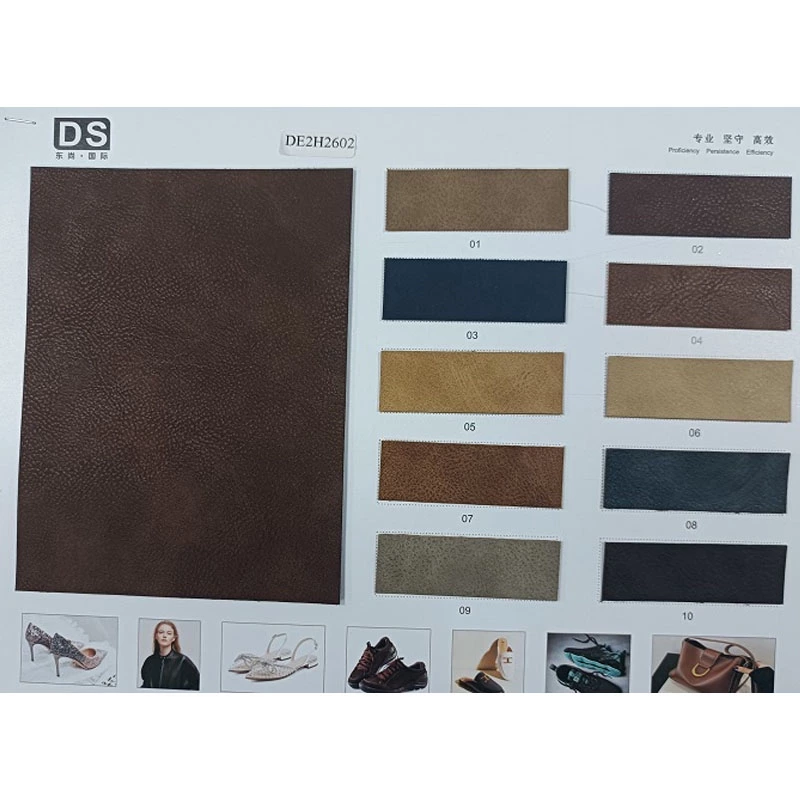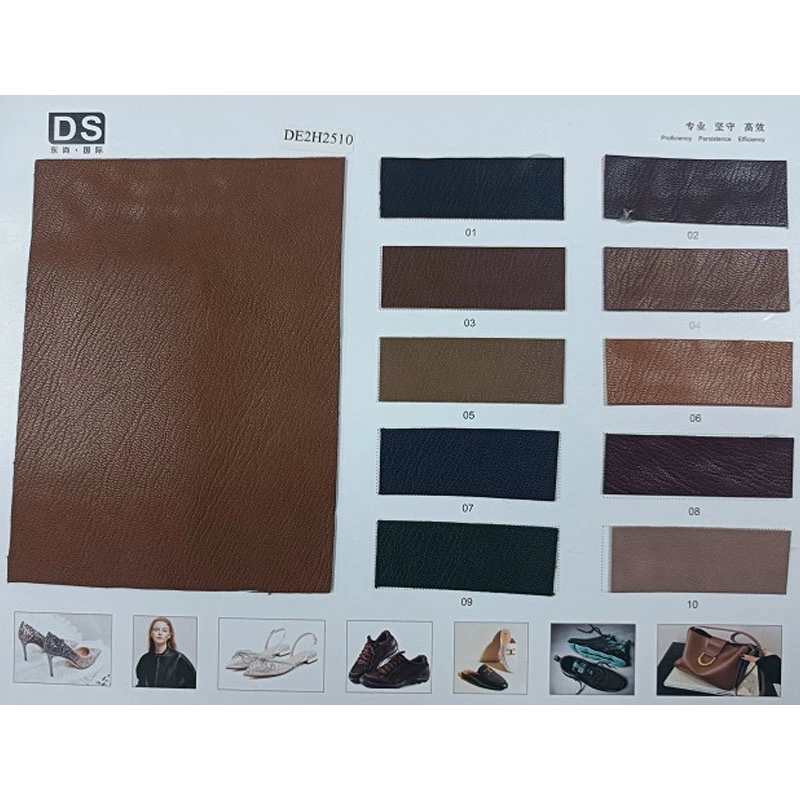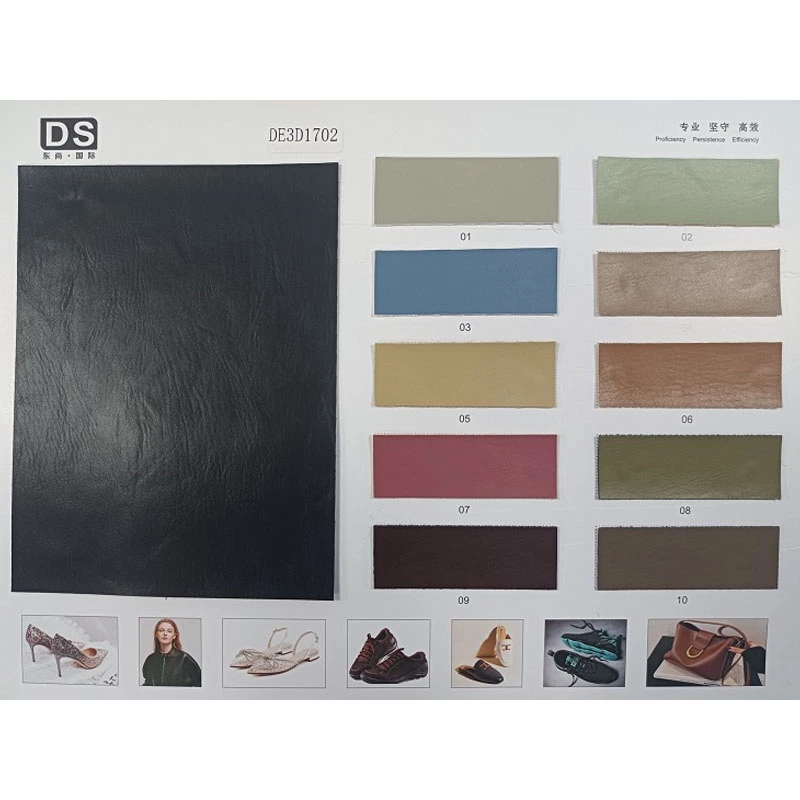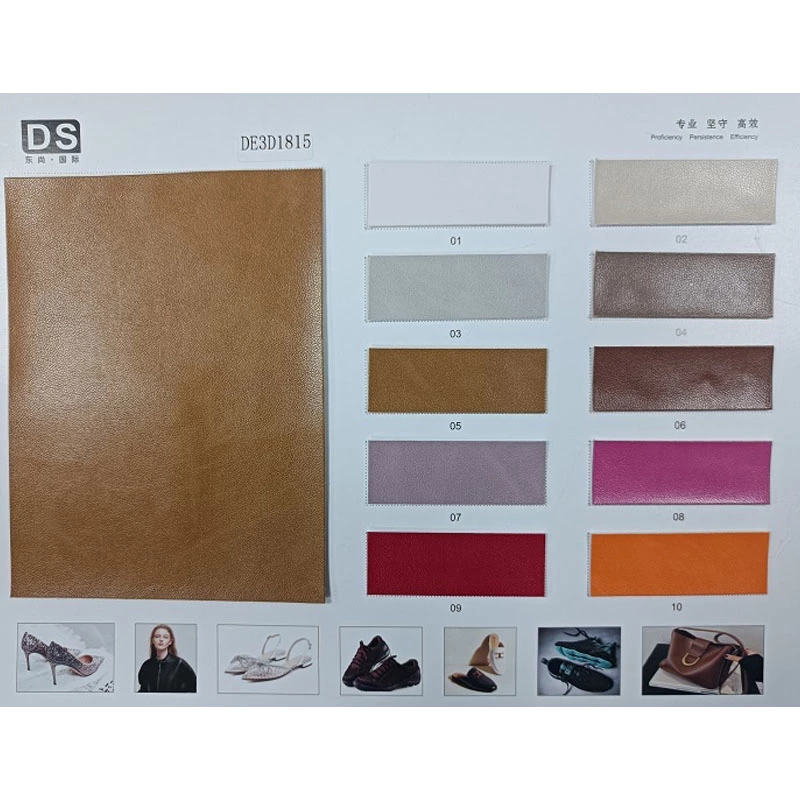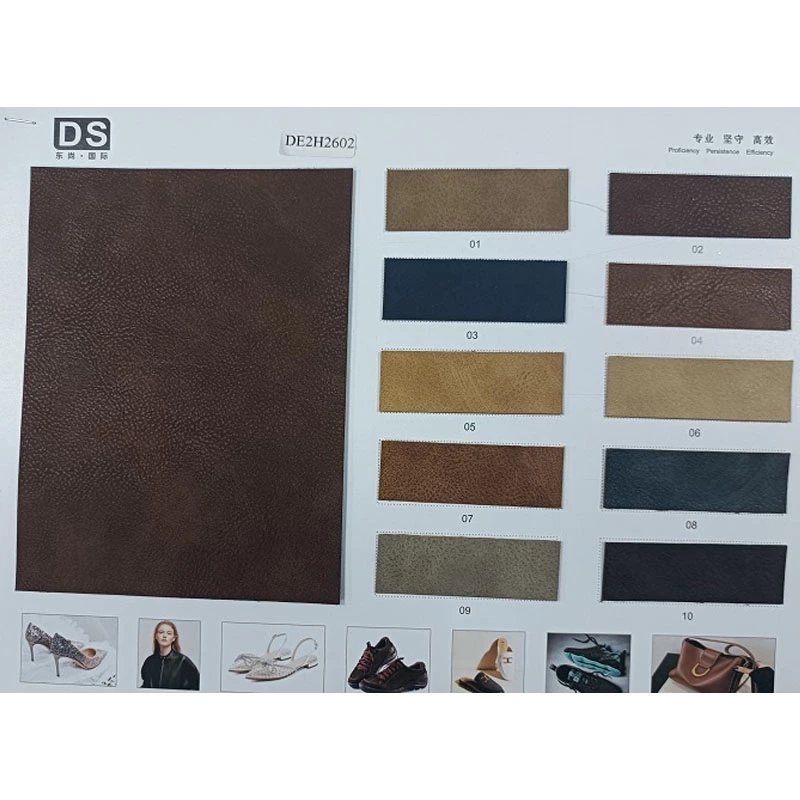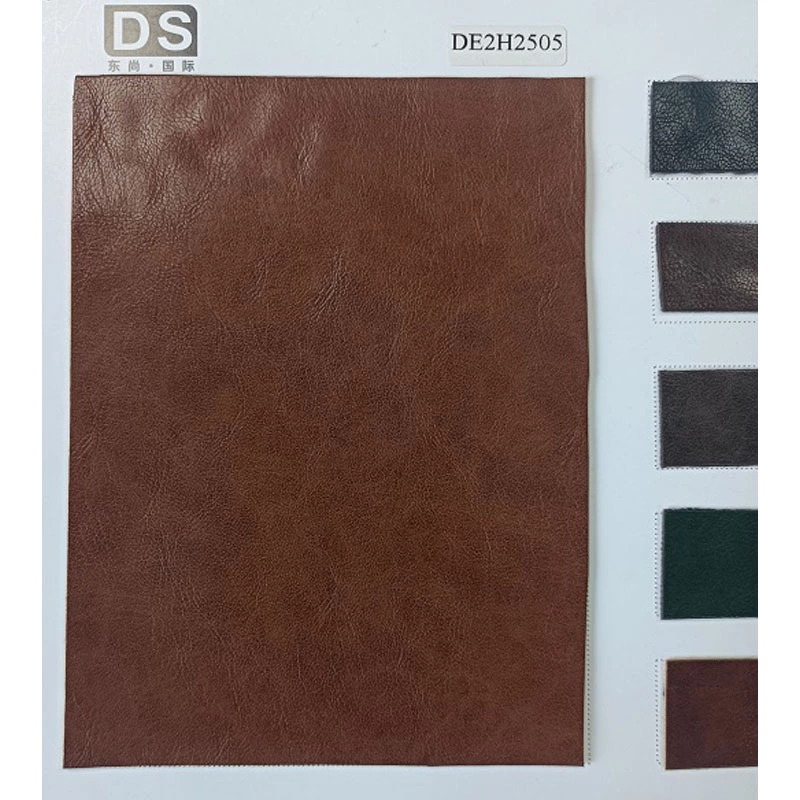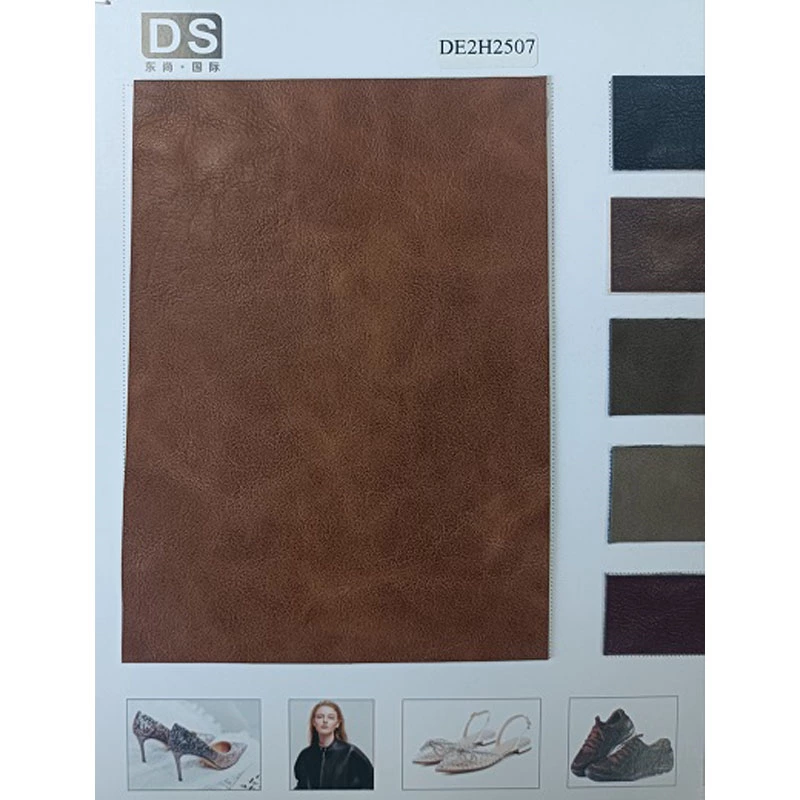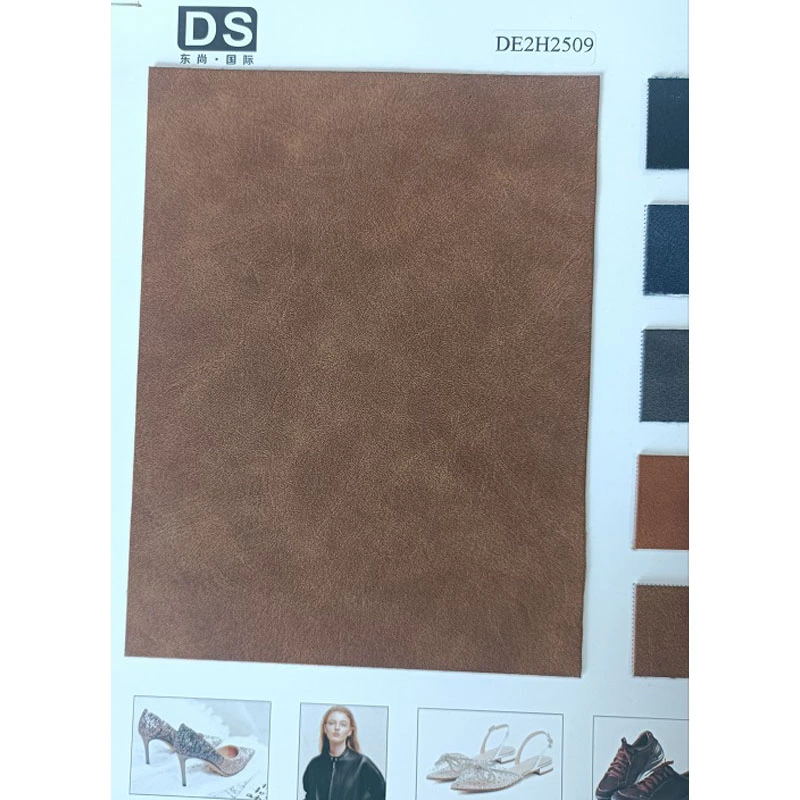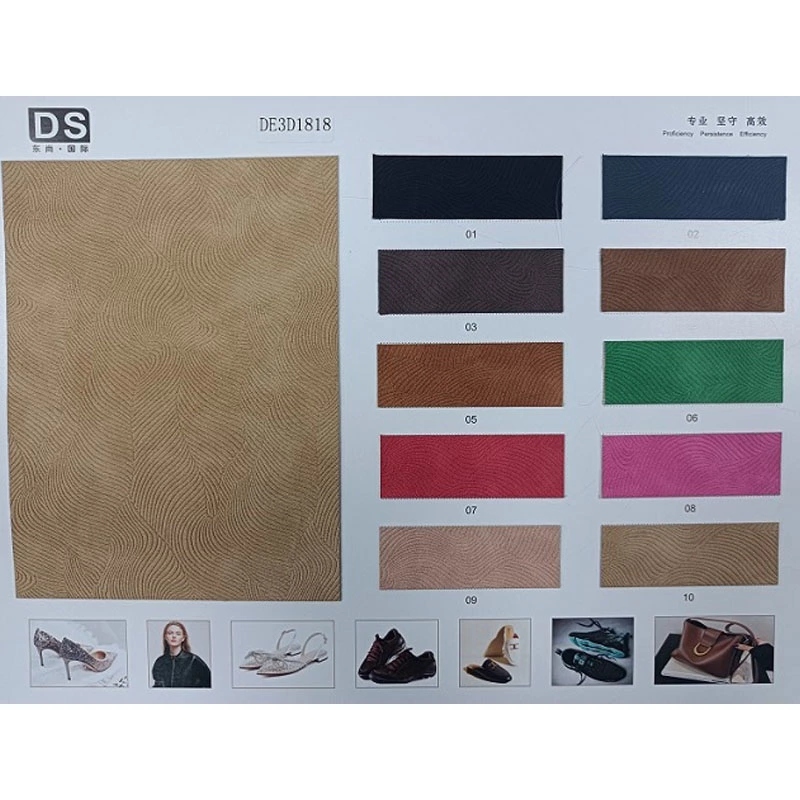Pu Leather Challenge
Natural leather is widely used in the production of daily necessities and industrial products due to its excellent natural properties. However, with the growth of the world's population, the demand for leather has doubled, and the limited amount of natural leather has long been unable to meet this demand. To solve this contradiction, scientists began to study and develop artificial leather and synthetic leather decades ago to make up for the shortcomings of natural leather. The research history of more than 50 years is the process of artificial leather and synthetic leather challenging natural leather. Scientists began by studying and analyzing the chemical composition and organizational structure of natural leather, starting with nitrocellulose varnished cloth, and then entering PVC artificial leather, which is the first generation of artificial leather products. On this basis, scientists have made many improvements and explorations, first of all, improvements in the substrate, followed by modifications and improvements in the coating resin. In the 1970s, synthetic fiber non-woven fabrics appeared needle-punched and bonded into meshes, making the base material have a lotus-shaped cross-section and hollow fiber shape, achieving a porous structure, which meets the mesh structure requirements of natural leather; the surface of synthetic leather at that time could achieve a microporous structure polyurethane layer, which is equivalent to the grain surface of natural leather, so that the appearance and internal structure of PU synthetic leather are gradually close to natural leather, and other physical properties are close to the indicators of natural leather, and the color is brighter than natural leather; its room temperature folding resistance reaches more than 1 million times, and the low temperature folding resistance can also reach the level of natural leather.
The emergence of PU Leather is the third generation of artificial leather. Its three-dimensional structural network of non-woven fabrics has created conditions for synthetic leather to surpass natural leather in terms of base material. This product combines the newly developed PU slurry impregnation with an open-pore structure and the processing technology of the composite surface layer, giving full play to the huge surface area and strong water absorption of ultrafine fibers, so that ultrafine PU synthetic leather has the inherent moisture absorption characteristics of natural leather with bundled ultrafine collagen fibers. Therefore, whether in terms of internal microstructure, appearance texture, physical properties and people's wearing comfort, it can be comparable to high-grade natural leather. In addition, ultrafine fiber synthetic leather exceeds natural leather in chemical resistance, quality uniformity, adaptability to large-scale production and processing, and waterproof and mildew resistance. Practice has proved that the excellent properties of synthetic leather cannot be replaced by natural leather. From the analysis of domestic and foreign markets, synthetic leather has also replaced a large number of natural leathers with insufficient resources. The use of artificial leather and synthetic leather for the decoration of bags, clothing, shoes, vehicles and furniture has been increasingly recognized by the market. Its wide range of applications, large quantity and variety are beyond the reach of traditional natural leather.
